A Dundee expert has rebuilt the face of a man washed up on a French beach four decades ago as part of a new TV documentary.
Dr Toby Houlton, based at Dundee University, joined efforts to help identify the man for The Body Detectives on Channel 4.
The man was found at Ambleteuse, northern France, in 1984 and buried in an unmarked grave.
Nearly four decades later, his body was exhumed as it was thought he may be a man missing from England.
Dundee University expert’s images circulated in French media after body washed up on beach
The documentary – which aired on Monday night – focused on efforts by charity Locate International to find out what happened to George Johnston, who had gone into the sea to help rescue a family in difficulty in Norfolk in 1984 and ended up getting swept away.
Former detective Dave Grimstead, who now works for Locate International, discovered that a body was washed up across the English Channel 10 days after George had gone missing and set about finding out if it was him.
After his grave was located, the body was dug up.
But George’s family were dealt a blow when DNA tests showed they were not related.
Dave then roped in the help of Dr Houlton and other experts to help produce a reconstruction of the man’s face.
Dr Houlton used a CT scan taken of the man’s skull, taken during an autopsy in France, to rebuild what his face may have looked like.
He said: “A facial approximation is a means of predicting the facial form.
“Typically, it’s performed when your standard forms of identification are not available – the likes of dental records or other forms of radiographic evidence.
“The quality (of the scan) looks fantastic. This is exactly everything that we need because the more detail that I can actually see, the more likely I’ll be able to generate a more reliable facial approximation.”
Dr Houlton initially created black and white images before being able to add hair, eye and skin colour after further DNA tests on the remains.
The images were then circulated in French media in the hope the family of the man might come forward and finally identify him, 40 years on.
One woman in France got in touch but it was found there was no connection to her missing brother.
The programme ended without the man having been identified, but Dave vowed to continue working on the case.
Dundee University at forefront of facial reconstruction
Dundee University has been at the forefront of facial reconstruction techniques over the years.
In 2016, a former scientist at the uni produced an image of what Robert the Bruce may have looked like.
Then last year, a student produced a 3D model of the face of Bonnie Prince Charlie.
Dr Houlton has also been called upon to help in other unidentified body cases, including ‘Balmore Man’, a body found in woods in East Dunbartonshire in 2011.
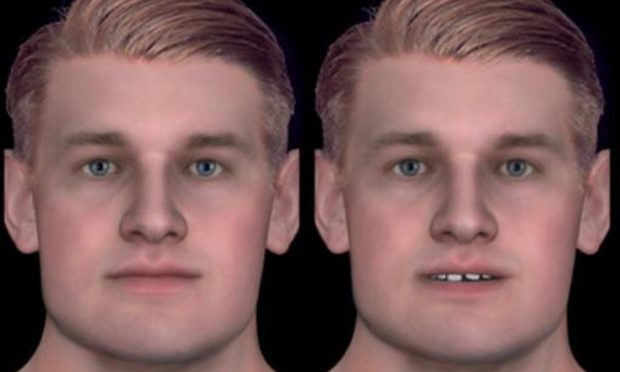
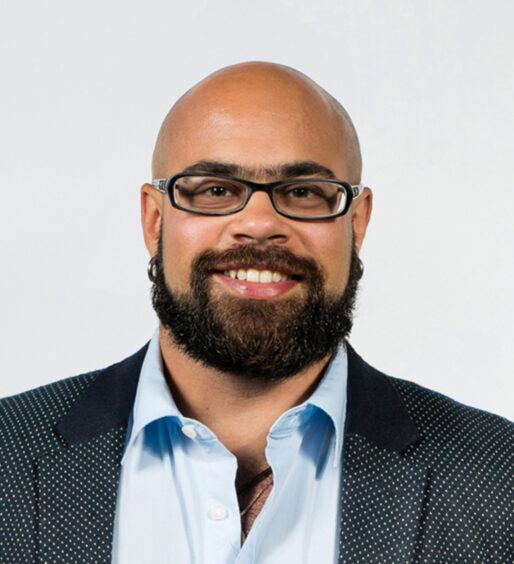
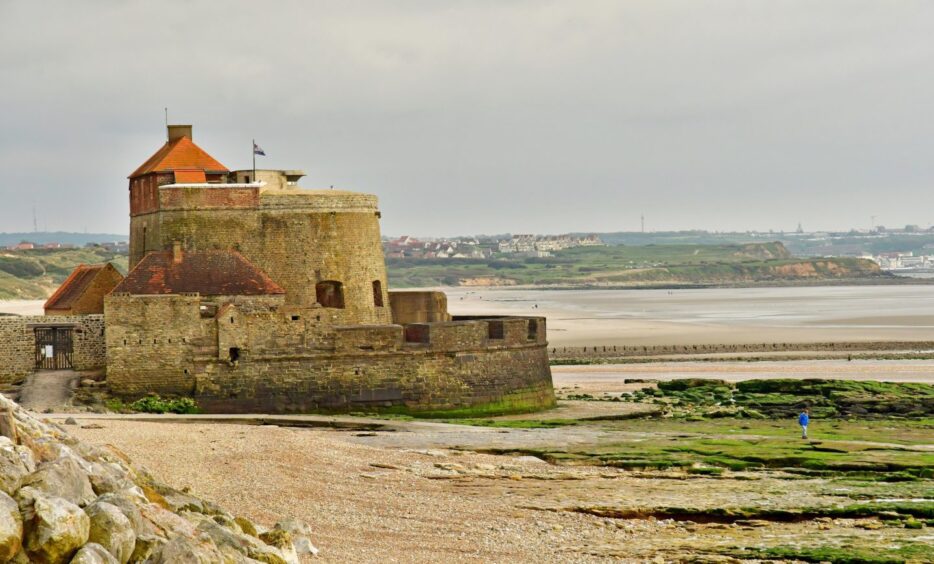
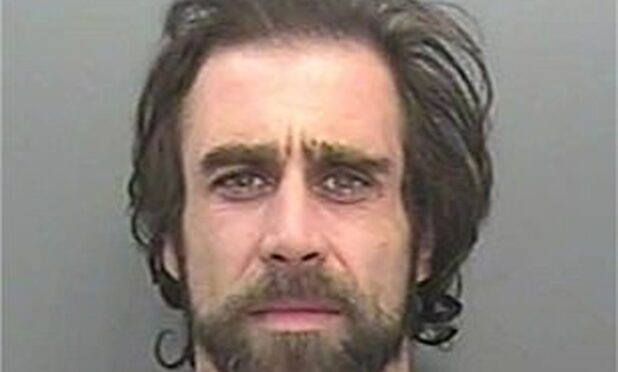
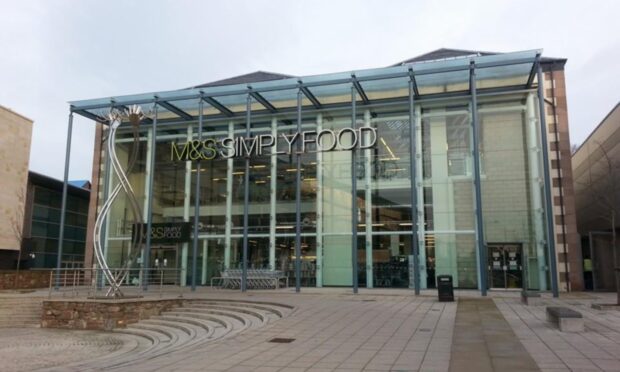
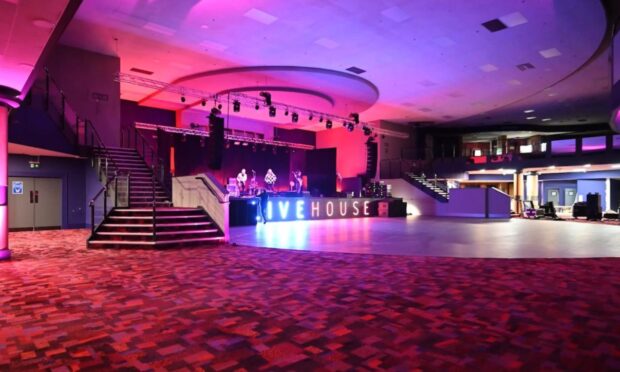
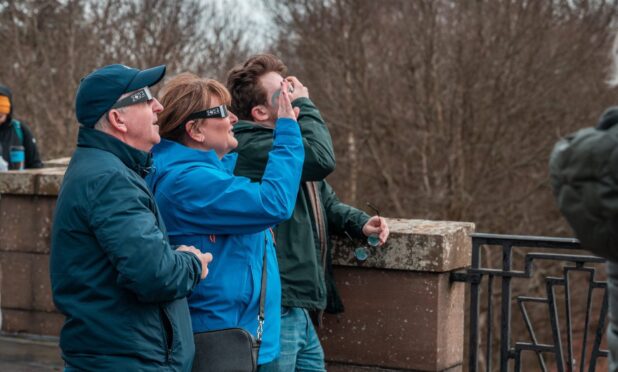
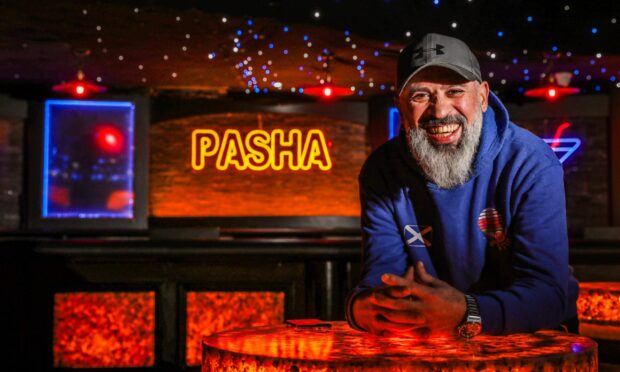
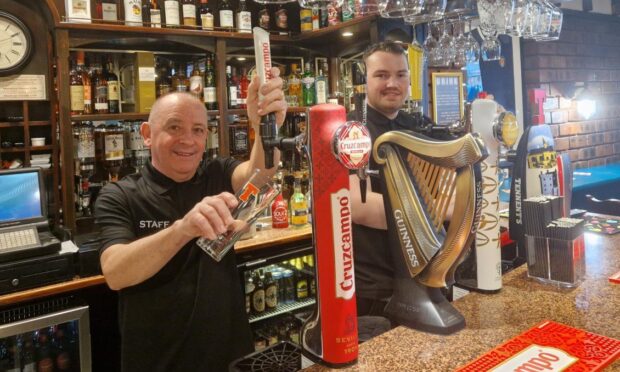
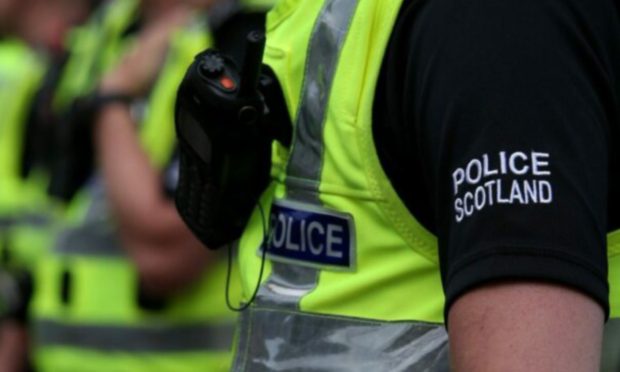
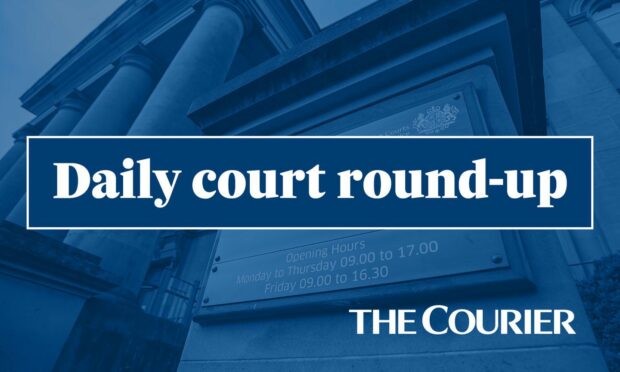
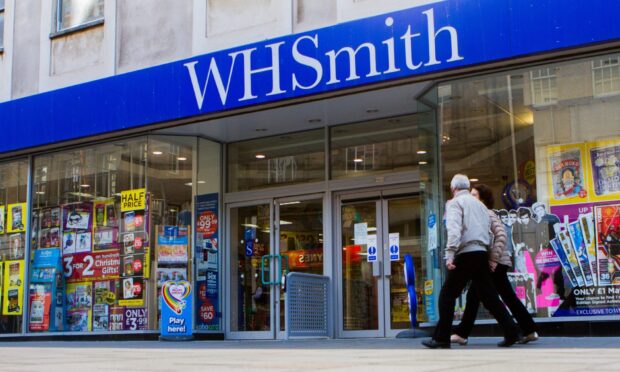
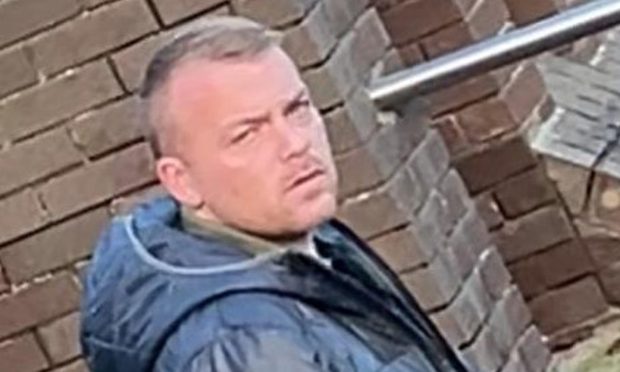
Conversation